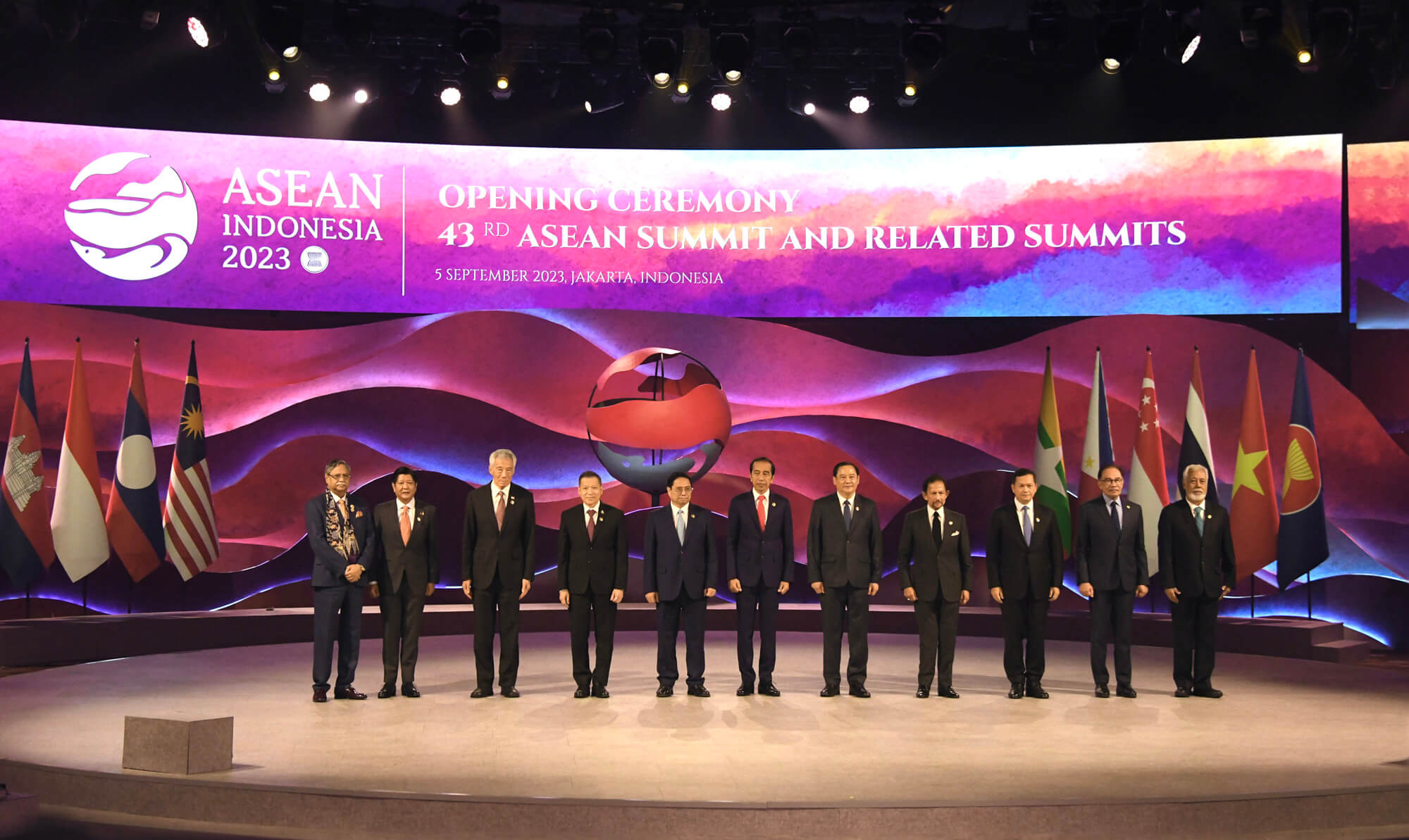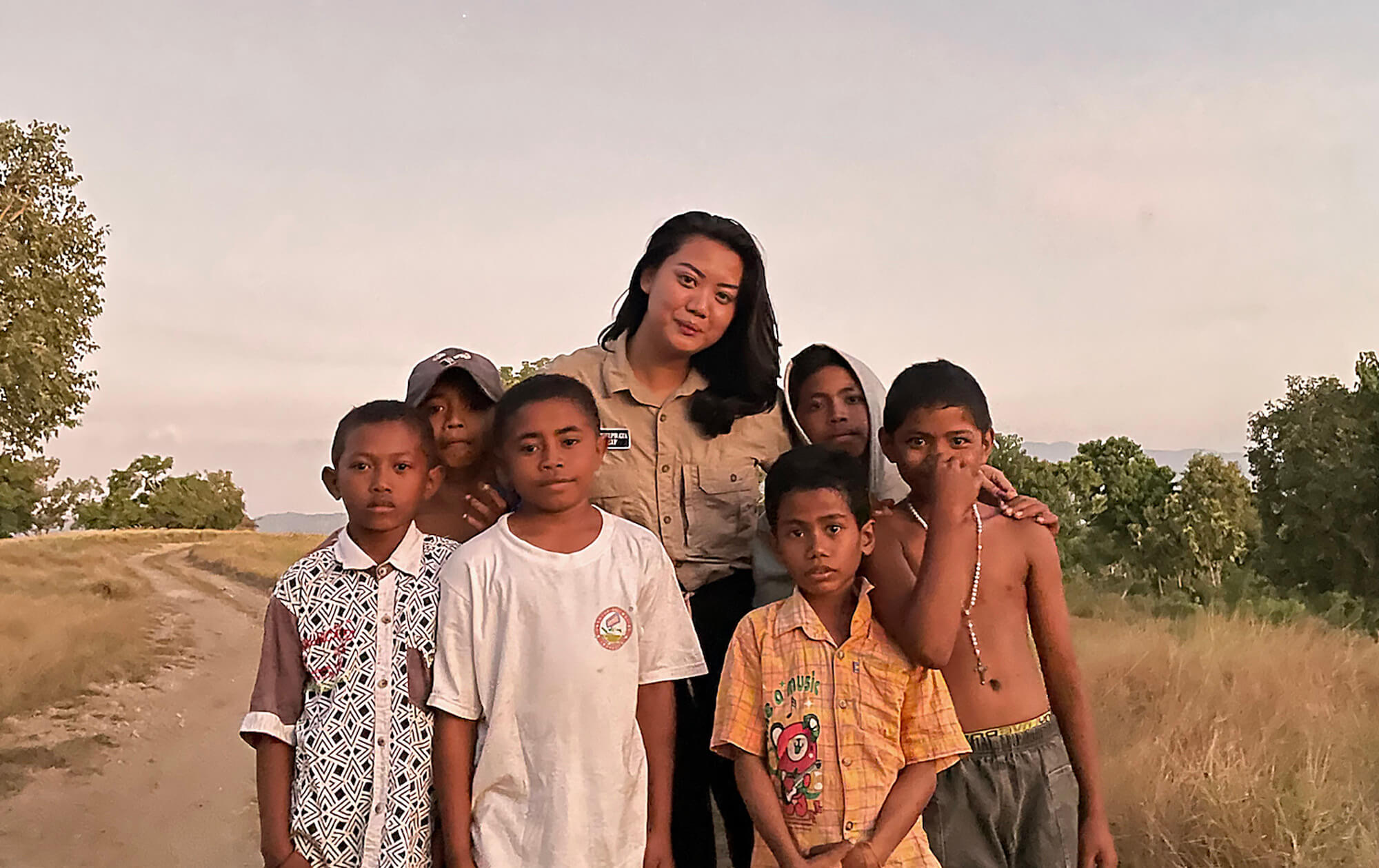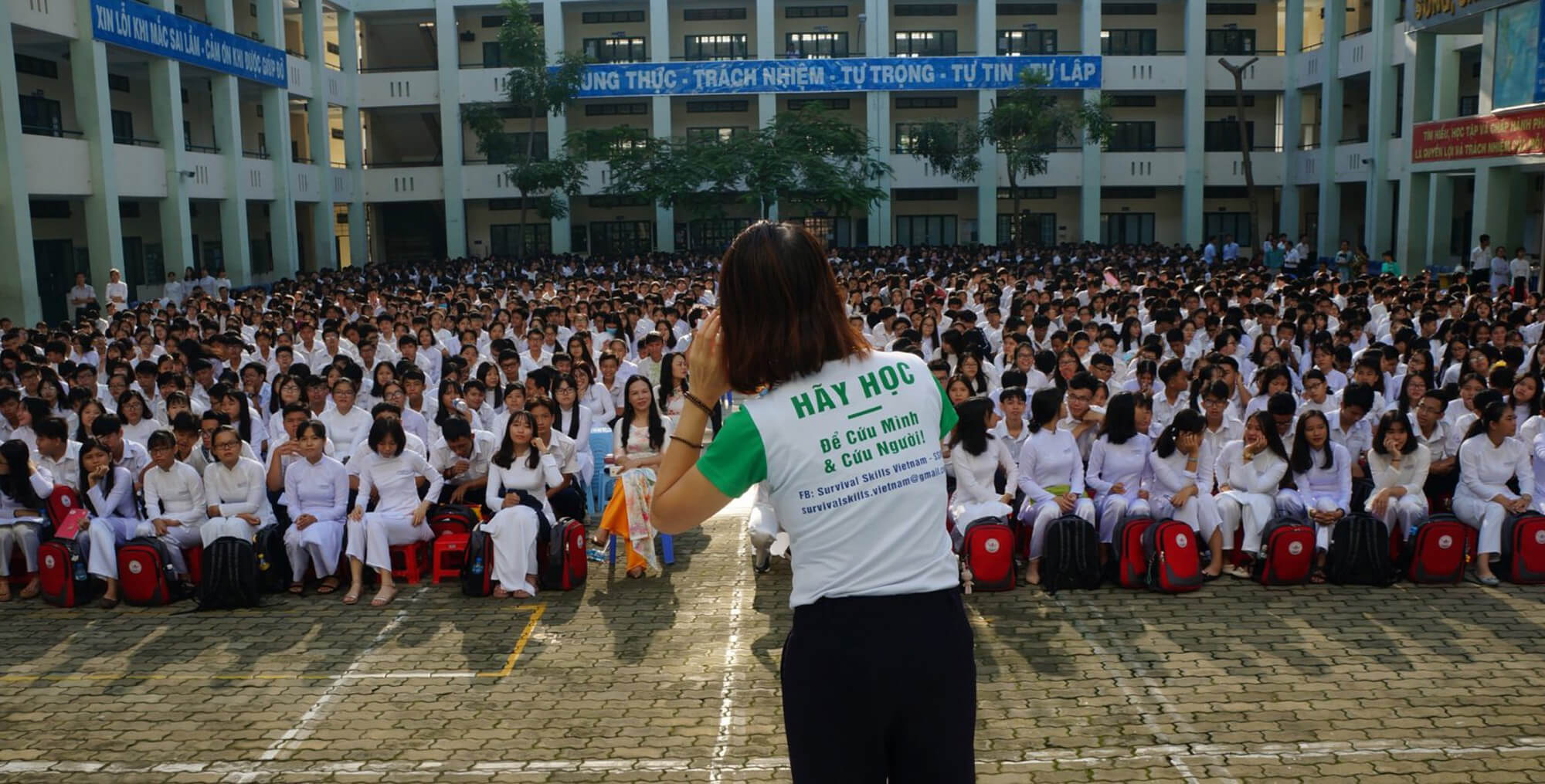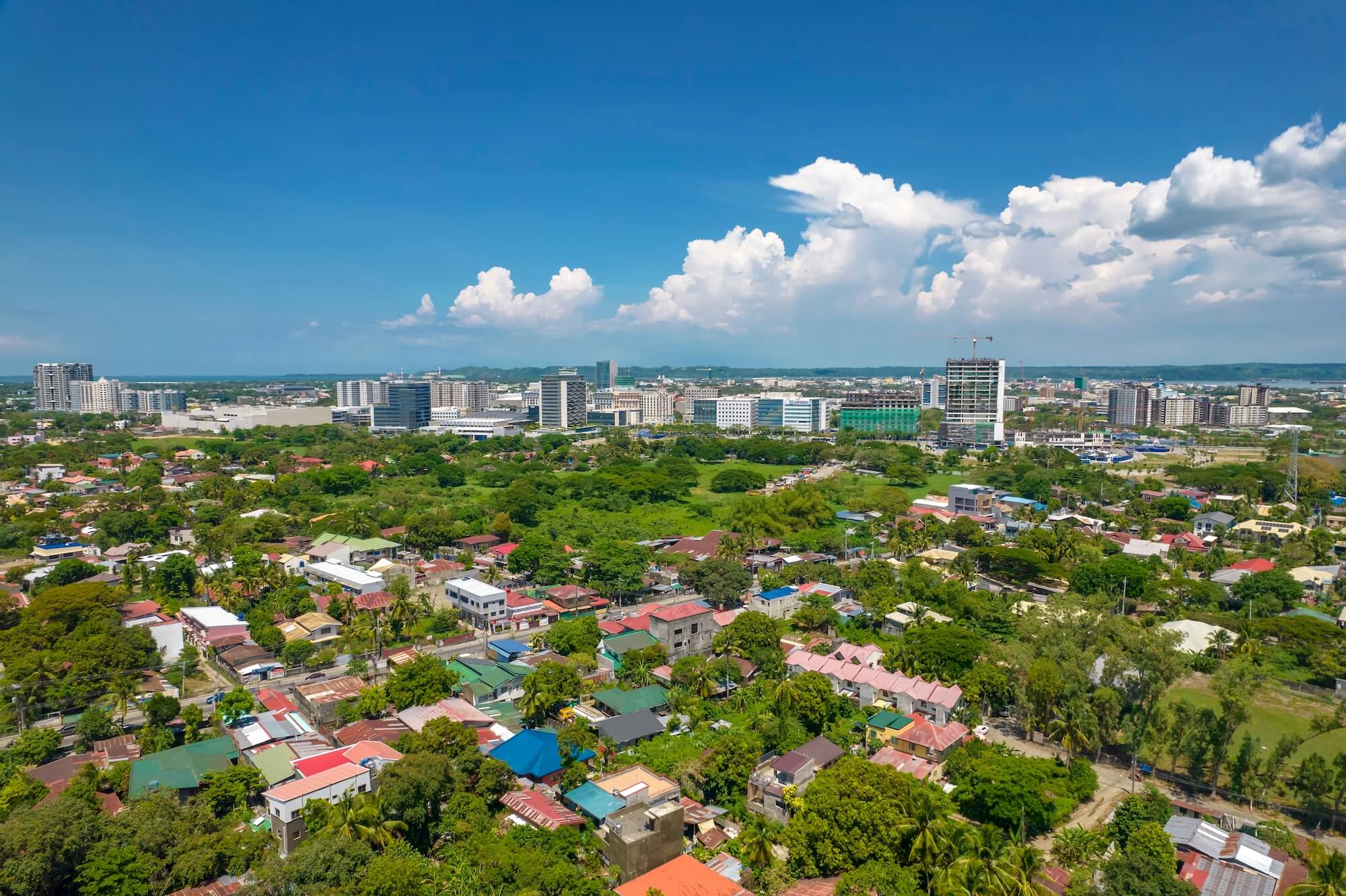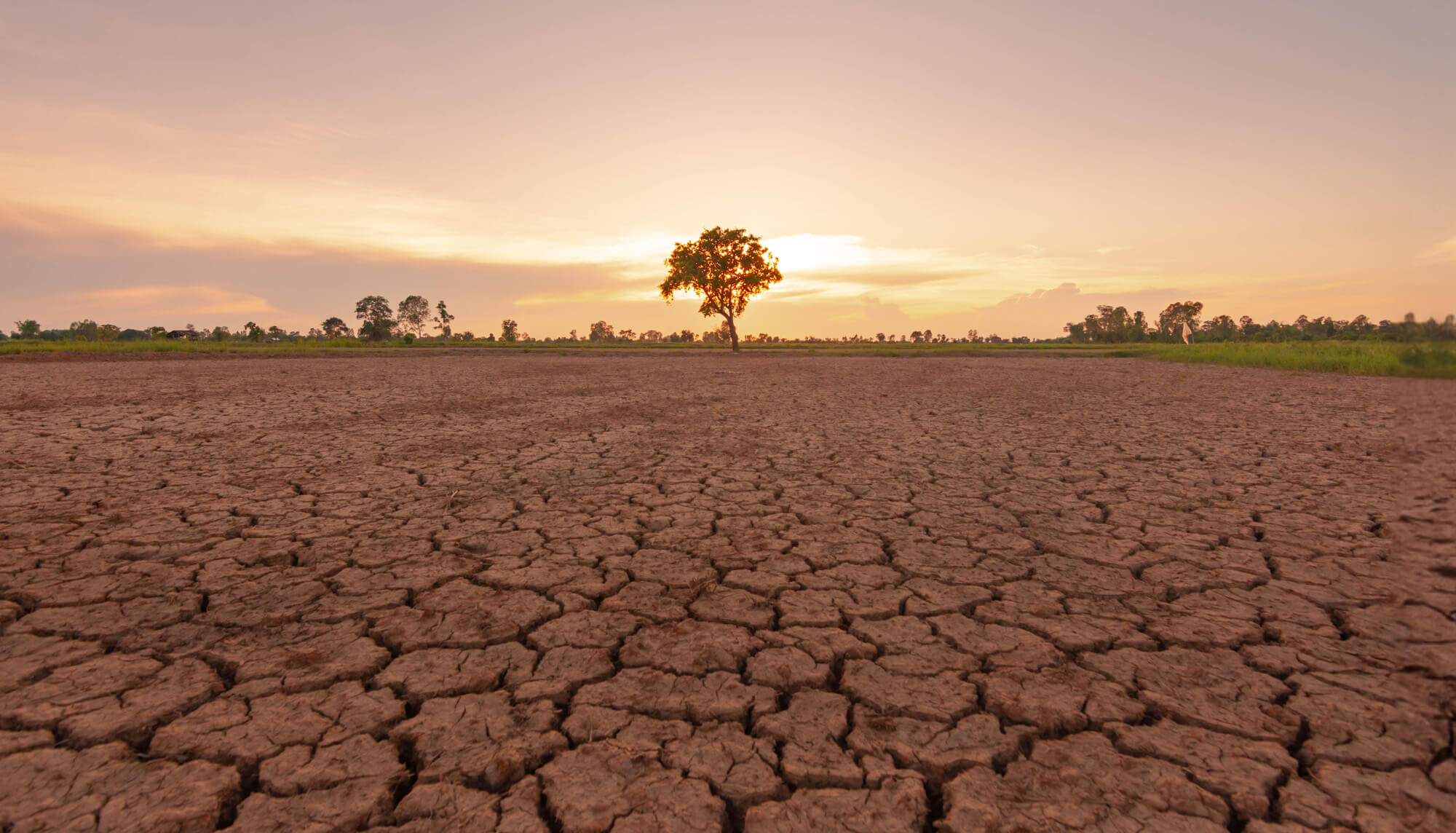ASEAN Youth Social Journalism Contest 2023: Harnessing Social Journalism for Community Resilience
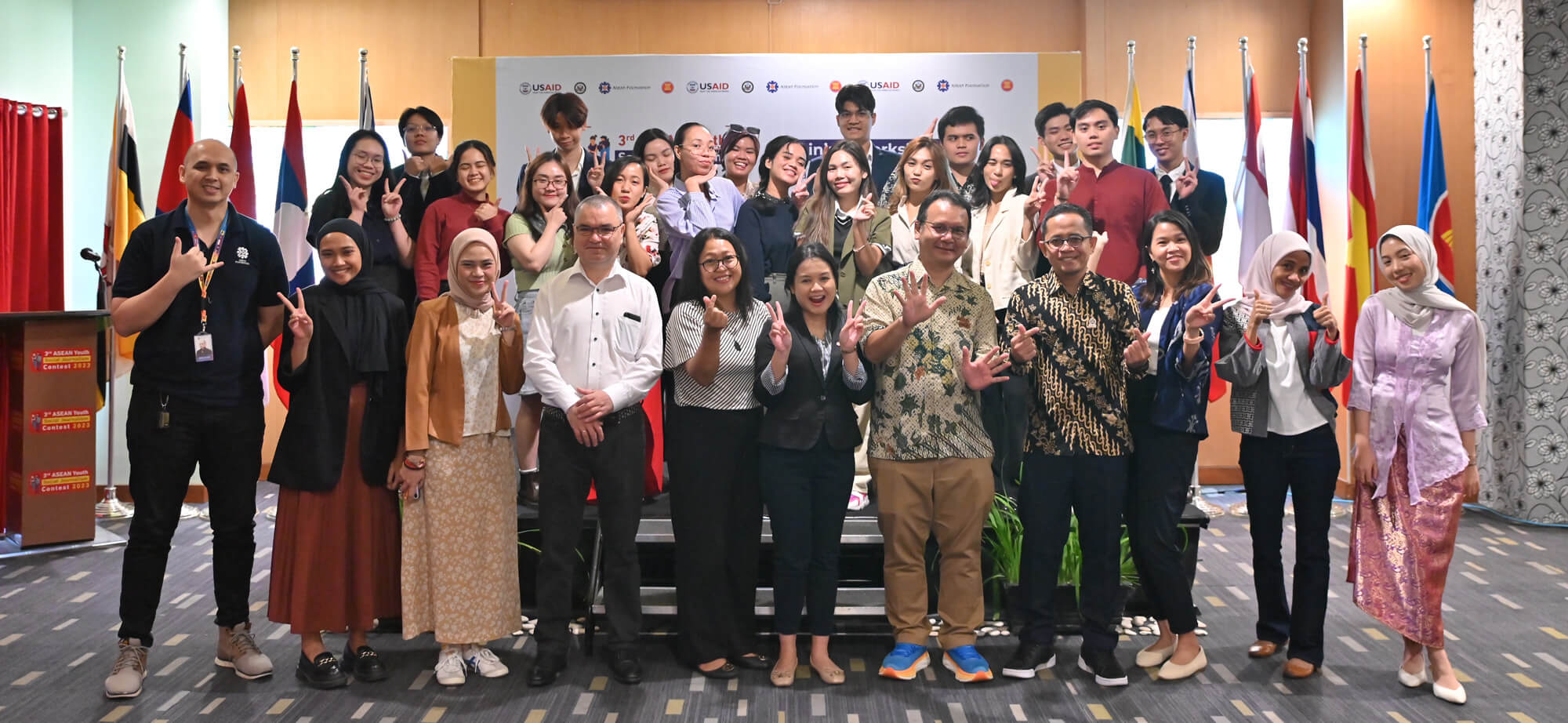
The 3rd ASEAN Youth Social Journalism Contest (AYSJ), a collaborative effort of the ASEAN Foundation, ASEAN Secretariat, and the ASEAN-USAID PROSPECT project, was successfully held under the theme “Community Resilience.” This competition has been a pivotal platform for nurturing young journalists across Southeast Asia over the past five years. As of 2022, the initiative has … ASEAN Youth Social Journalism Contest 2023: Harnessing Social Journalism for Community Resilience

